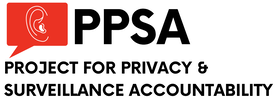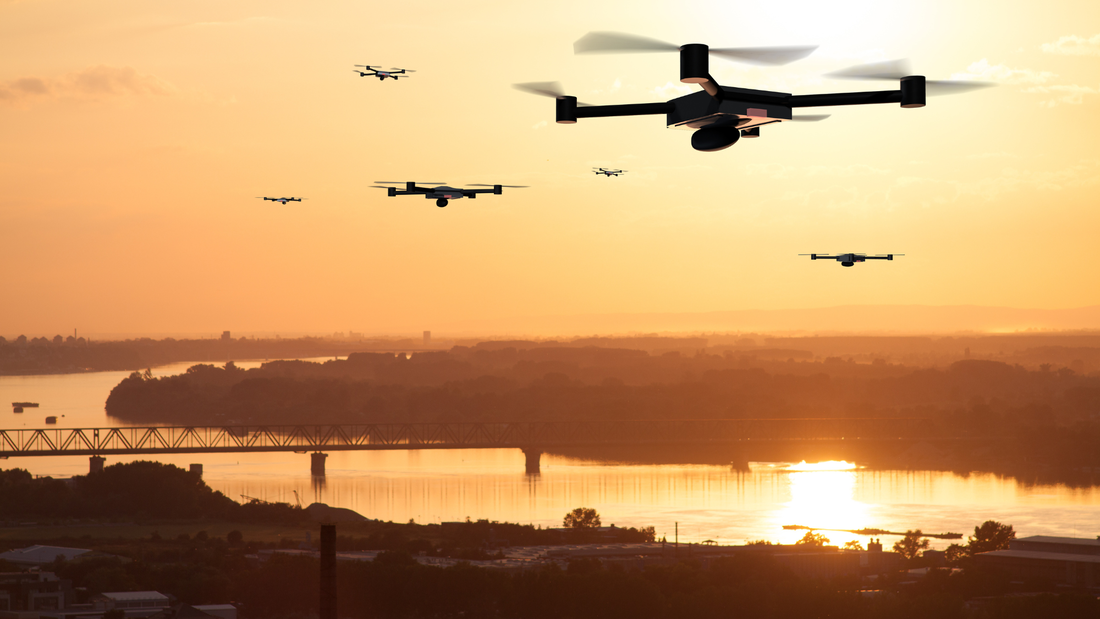|
Cato Institute Senior Fellow Patrick Eddington filed a Freedom of Information Act request against the Department of Defense this week asking two questions.
First, what was the scope and duration of Pentagon aerial surveillance deployed over domestic protesters in the last year of the Trump Administration? Second, why is the Biden Administration shielding those records from the public? In the world of civil liberties critics of the American surveillance state, Patrick Eddington has the pedigree of highly credentialed practitioner. From 1988 to 1996, Eddington was a military imagery analyst at the CIA’s National Photographic Interpretation Center, where he was officially recognized many times for his work. He’s the real deal. So is former Rep. Adam Kinzinger (R-IL), who knows what he’s talking about when it comes to surveillance aircraft. Kinzinger flew the RC-26 surveillance aircraft in Iraq, which had a complement of sensors that records people and objects with video, in both visible and infrared frequencies. Eddington reports that from 2020 to 2021, the Pentagon used RC-26B turboprop planes to surveil American protesters. Many of these aircraft have been deployed widely across the country, from Alabama to Washington State. Kinzinger has written that the RC-26 “could fly fast and low, capturing the signals from thousands of cellphones … With the right coordination, the target could be reached in minutes, not hours.” The Air Force Inspector General reports that the digital data packages Kinzinger referred to were removed for the RC-26s deployed for domestic use. Even so, the sensor package of this fleet still represents an astonishing surveillance capability of Americans on the ground. Writing in The Orange County Register, Eddington asks if the Biden Administration’s stonewalling means it reserves the right to use the fleet against pro-Trump protesters? Or for a new Trump Administration in tracking anti-Trump protesters? Or for some future president against any political enemy? Behind the intense rancor in American partisan politics, at least one aspiration unites administrations of both parties – an intent to surveil. PPSA will report on further developments. Comments are closed.
|
Categories
All
|


 RSS Feed
RSS Feed